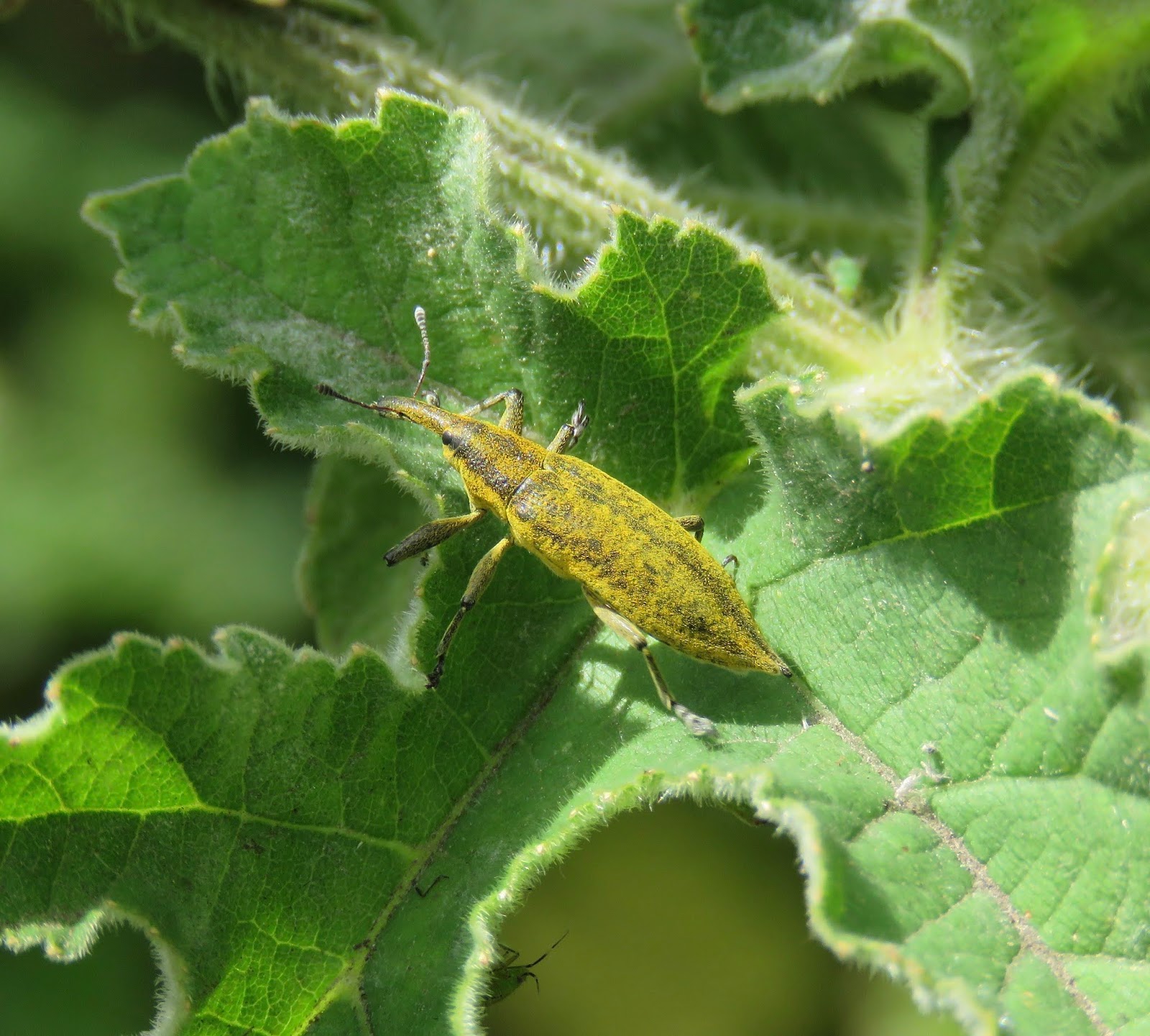One last glance backwards

Following on from yesterday's post, a bit more information has come my way regarding the Dungeness school, that was open between 1876 and 1940. The remnants of the school are situated a few hundred metres NE of the bird observatory, just north-west of the Pilot Path before it drops down into the Trapping Area. The picture above was taken some time in the 1920s. The parcel of land it stood on was given to the Vicar and churchwardens of Lydd for the express purpose of erecting a church school, and was passed over in 1906 to the Kent Education Committee. The school was also used by the community for worship, with an alter and alter rail placed at the eastern window, with celebrations and whisk drives also being held. A measles outbreak caused a brief closure in April 1896. Those who held the post of head teacher were Miss Richards (1883-1885), Miss Bowrick (1885-1889), Miss Stevens (1889-1890), Miss Abernethy (1890-1892), Miss Marsh (1892-1908), Miss Fox (1908-1925, who beca...













